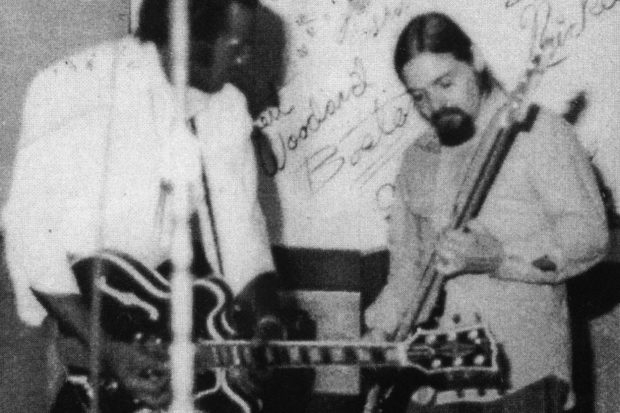

By Boston Woodard
Independent researchers want to understand the roadblocks young men of color face that could impede their success in life. They are looking into the underlying causes: disparities in education, economic opportunities, and health and safety concerns in various communities in California.
A report by the Central California Children’s Institute (CCCI), distributed by Fresno State, presents new research findings regarding the “well-being of boys and men of color ages 6–25 years” in Fresno County.
The goal of this effort is to create new guidelines and practices to allow more opportunities that are evenhanded for boys and men of color.
The Fresno Alliance for Boys and Men of Color Community Academic Task Force has developed a three-part report:
- Part 1 summarizes data research.
- Part 2 presents recommendations.
- Part 3 shows those who are disproportionately affected in community development and economic opportunity, health and safety, and education.
The Task Force began in June 2010 with the goal of developing recommendations particularly for Latino and Southeast Asian boys and men. From the onset, it was the intention of the Task Force to weave into its work the recent research and policy advocacy efforts conducted on behalf of African-American boys and men by the Fresno West Coalition for Economic Development.
In 2009, the California Endowment commissioned a study by the RAND Corporation examining the circumstances of boys and men of color in California. The study, Reparable Harm: Assessing and Addressing Disparities Forced by Boys and Men of Color in California (Davis, Kilburn and Schultz), inspired additional research in Oakland, Los Angeles and Fresno.

The California Endowment selected Fresno County as a research site “because it is different from urban areas in northern and southern California.”
Representing the heart of the Central Valley, Fresno has a large number of immigrant families working in agriculture, and its population is divided “approximately equally across urban and rural communities.”
In Fresno County, study findings pointed to notable outcome disparities for boys and men of color within each community.
An overview of the RAND research data looked at deficiencies of household income, single-parent households, education (less than high school), ages 6–24 below poverty level, ages 16–24 unemployment rate and ages 25+ unemployment rate.
Health issues included asthma, obesity and lack of health insurance, fitness standards, risk of depression, sexually transmitted diseases, HIV and AIDS, and childhood obesity. Safety issues were community violence, juvenile arrest and custody rates, firearm-related deaths and homicide rates.
The RAND study investigated education opportunities that covered preschool attendance, nursery school, Head Start, English language, arts proficiency, mathematics, school suspension rates, high-school/dropout rates and 12th grade course completion for California state university eligibility.
According to the CCCI’s 2011 report, the Fresno Boys and Men of Color date chart book, A Comparative Analysis of Disparities Facing Boys and Men of Color in Fresno County, contains supportive information buttressing the CCCI’s mission.
RAND worked in collaboration with academic and community representatives and leaders collecting data.
With this collective data, the California Endowment determined that if California communities are to be healthy, the disparity in outcomes among boys and men of color must be directly addressed.
For more information about this study and the Alliance for Boys and Men of Color, visit www.allianceforbmoc.org/about-us.
*****
Boston Woodard is a prisoner/journalist. He writes for the Community Alliance and has written for and/or edited several prison publications. Boston is the author of Inside the Broken California Prison System, which is available at www.amazon.com. Learn more at www.brokencaliforniaprison.com. Contact him at Boston Woodard, B-88207, H-5-59, S.Q.S.P., San Quentin, CA 94974.
(Editor’s note: Just before this issue of the Community Alliance newspaper went to the printer, we learned that Boston Woodard had been sent to administrative segregation (“The Hole”) in San Quentin. Woodard’s attorney, friends and this publication are monitoring this situation and will inform readers of future developments.)
